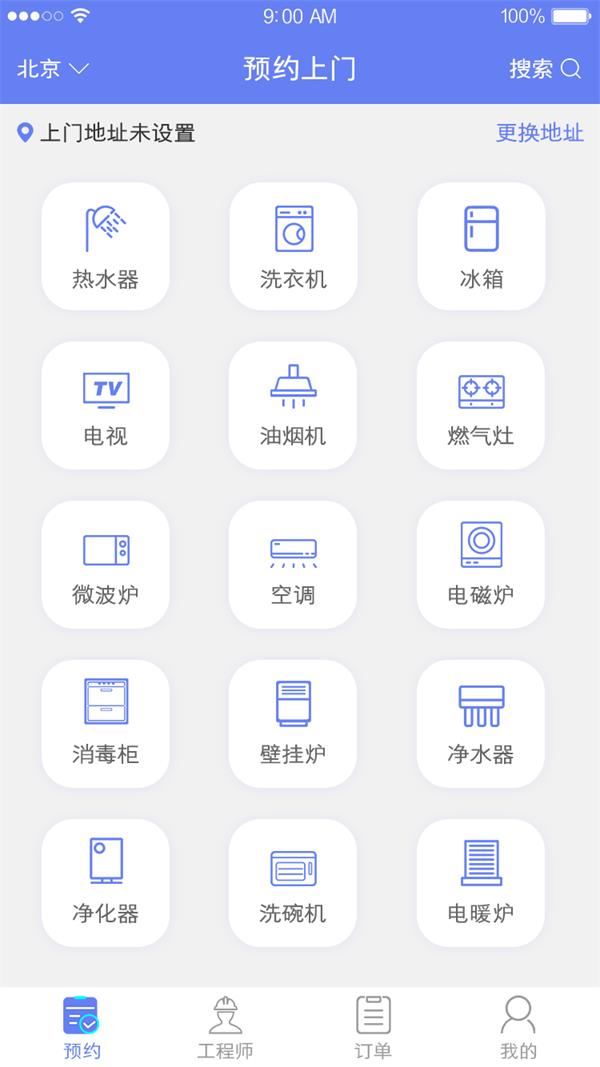MRT为企业互联网+ 赋能
广州app开发|上门维修app开发如何提高用户体验?
在现在这个快节奏的生活中,遇到家具家电需要维修时常常让我们烦恼不已。上门维修app的出现简直为人们带来了全新的体验,维修问题轻松就得到解决。然而在开发上门维修app时,需要注意几个方面,其中用户体验是重点之一。接下来,广州名锐讯动将带大家一起来了解一下上门维修app开发如何提高用户体验?

1. 无缝注册登录:
用户体验的第一印象非常重要!上门维修app开发应提供简洁明了的注册登录流程,不过多去索取用户信息。考虑采用手机号码或社交账号,如微信、QQ登录等快捷方式,让用户轻松加入,立刻感受到无缝体验。
2. 界面设计:
一个好的界面设计可以为用户带来良好的使用体验。在开发上门维修app时,应注重界面的简洁、易用,配色舒适、布局合理,同时可以根据用户的不同需求,提供不同的主题和皮肤供用户选择。另外,注意将关键信息放在明显的位置,避免用户在复杂页面中迷失。
3. 功能设计:
上门维修app开发功能应满足用户需求并具有实用性,避免复杂冗余的功能,突出核心服务。除了基本的预约、查看维修进度、评价维修师傅等功能外,还可以加入社区讨论、维修师傅推荐、附近维修店铺推荐等功能,提高用户粘性。
4. 系统性能:
系统性能对于提高用户体验至关重要。在开发过程中,需要关注应用的启动速度、运行速度、稳定性等指标,减少应用卡顿、闪退等问题。通过优化网络请求,减少网络延迟,提高应用程序的加载速度和稳定性,确保用户在使用过程中能够顺畅进行。
5. 安全性:
安全性是用户选择一款应用考虑的因素之一。在开发上门维修app时,需要关注数据加密、权限管理、防病毒等方面,保护用户的个人信息和隐私。告知用户隐私政策,并为其提供可信赖的数据保护,增加用户信任感。
6. 费用透明:
上门维修app的价格应该公开透明,不含任何隐藏费用。在用户下单之前,就应清楚地展示维修费用和服务项目,让用户清晰知道所支付的一切费用。透明的价格策略能消除用户的疑虑,增加信任感。
7. 售后支持:
提供良好的售后支持,解答用户在使用过程中遇到的问题,提供维修师傅的联系方式,帮助用户解决实际问题,提高用户满意度。并且积极听取用户声音,持续提升用户体验。
总之,上门维修app开发想要提高用户体验就要注重无缝注册登录、界面设计、功能设计、系统性能、安全性、费用透明、以及售后支持等方面。在这个竞争激烈的市场,用户体验是提高竞争优势的关键,通过不断关注和改进用户体验,上门维修app将更好地满足用户需求。
相关阅读:























